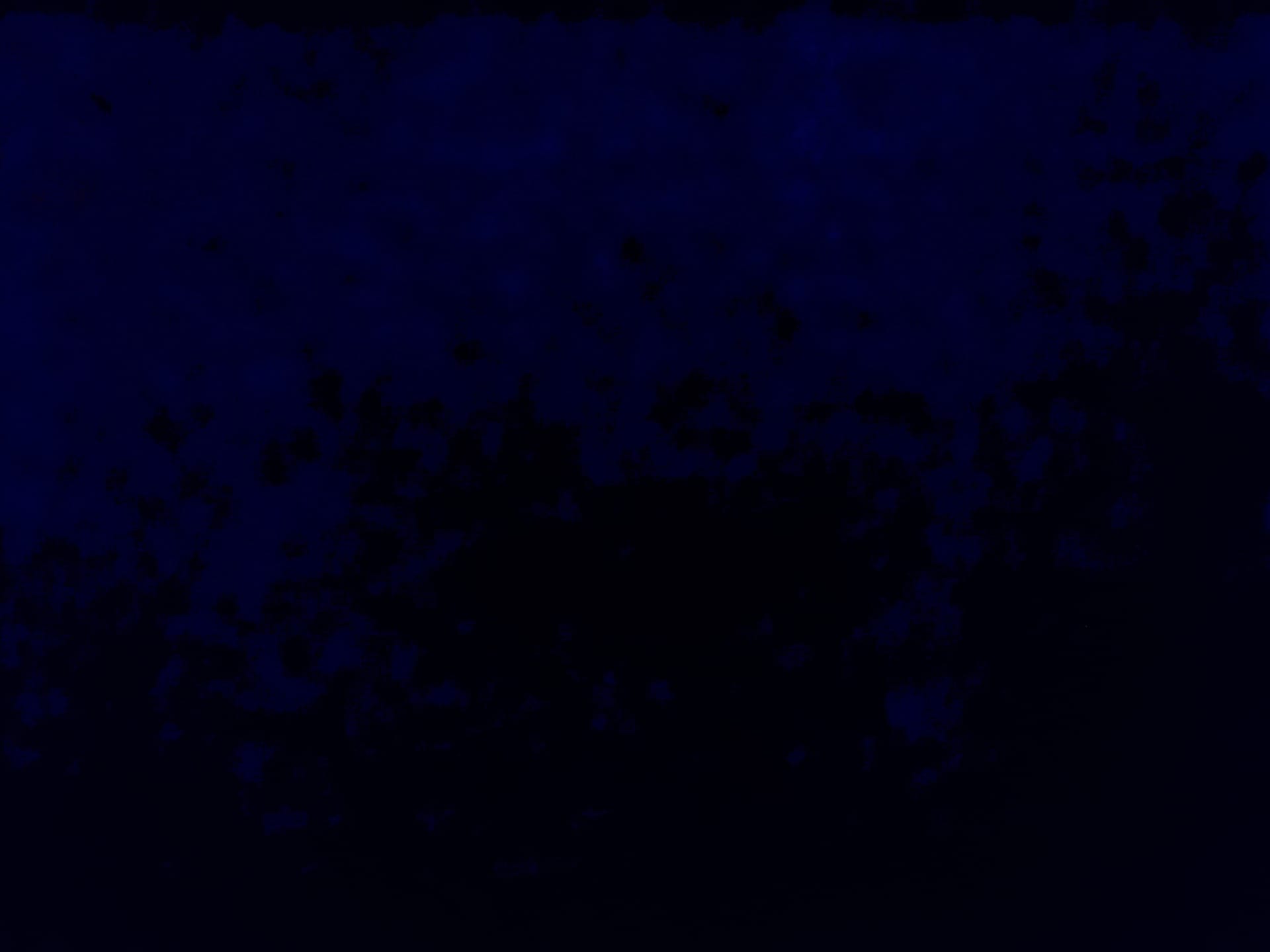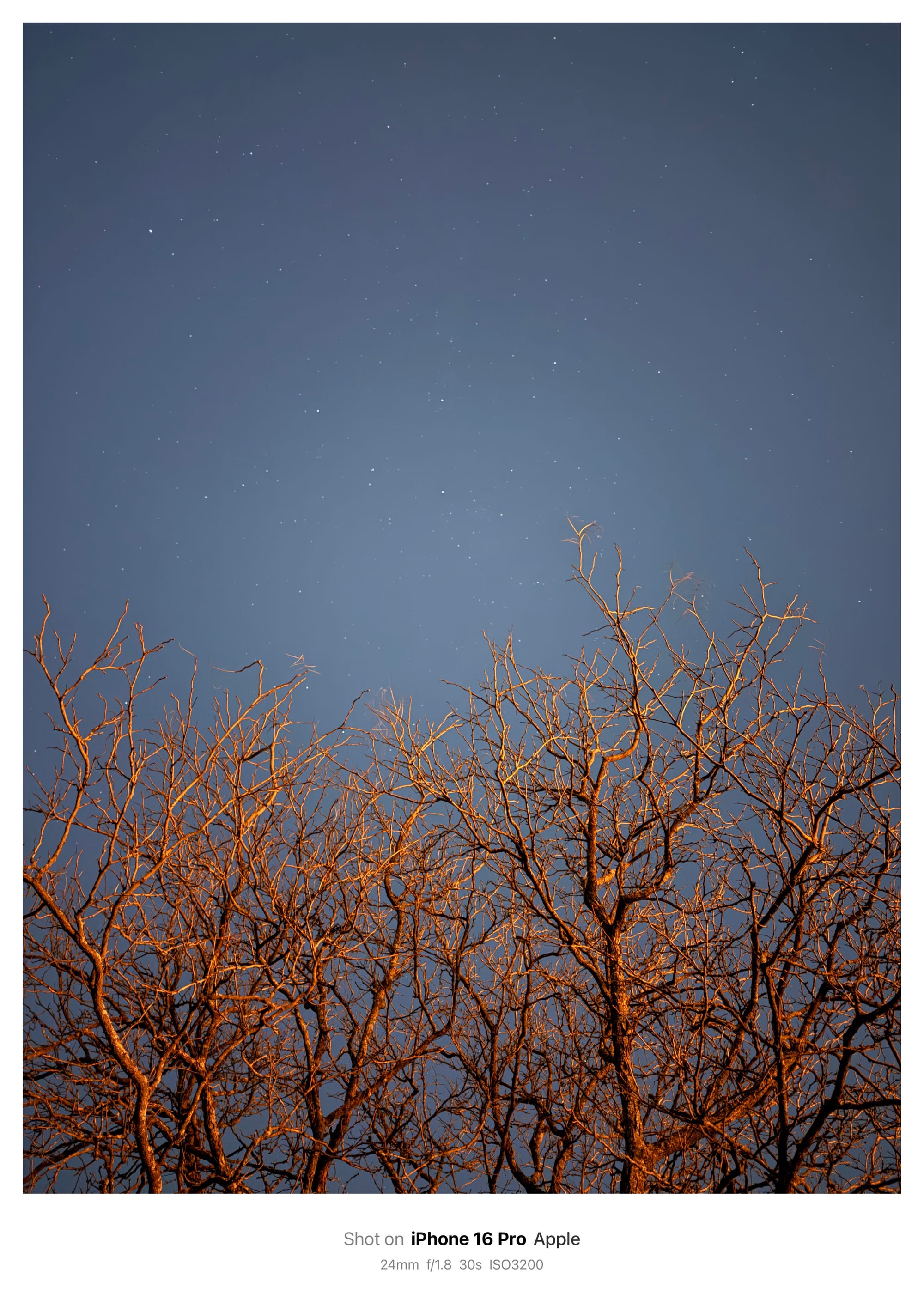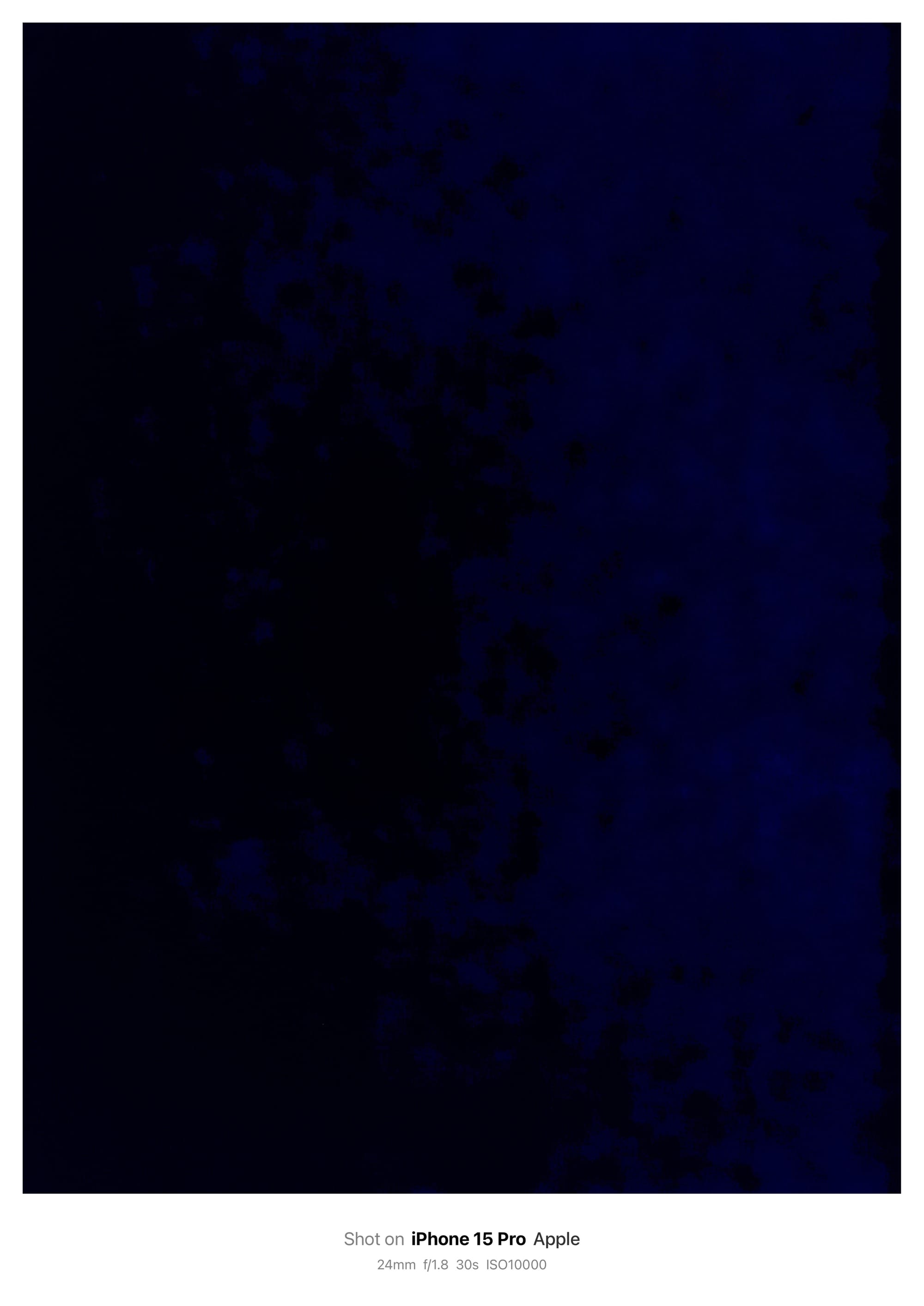The iPhone 16 camera controversy that wasn't

Have you heard about the iPhone 16 camera fault that's a massive issue and makes upwards of half of iPhone 16s technically defective? If you said yes, you're probably watching Shayne Mostyn's YouTube channel, which has been dedicated almost entirely to this "controversy" for the last couple months. As he's said over and over, there is a physical flaw with tons of iPhone 16s that is leading to blue splotches ruining low light photos. He's very confident it's not a software issue and he has a simple process you can do at home to see if you have this issue. If you do, he highly recommends you make Apple replace your phone since you have a defective camera.
I've seen his videos pop up in my recommendations a few times and I've watched few of them, but they always left a weird taste in my mouth. Not because it seemed the iPhone had a big issue, but because the story never really added up to me. But he keeps making videos about it, and his viewers are in other astrophotography channels bringing it up even though those other photographers haven't noticed it, so I wanted to look into it myself and see what's up.
The issue and how to replicate it yourself
The issue is that in very low light situations and when doing the 30 second capture night mode option in the Camera app on iPhone 16 and 16 Pro, there will be blue splotches of some variety in the photo. Here's how you can see if your iPhone 16 has the problem according to Mostyn:
Go into a room in your home with zero lights or windows (I used my bathroom), turn out all the lights, close the door, place your phone face-down on a surface, manually select 30 seconds from the night mode duration slider, and capture the photo.
I did this and this is what I got:

Look at all that blue! Wow, this must be a real issue and my night mode photos must look like trash, right? Well, not really. Here's a 30 second exposure taken last night in as pitch black conditions as I have and it looks completely fine to me.

Admittedly, there is some light pollution where I live, so while this is "pitch black" it's not dark in the way you'd get out in the wilderness, so maybe it's just not dark enough for me to see the issue.
As a quick side note, I don't have a ton of brain cells to spend worrying about a theoretical defect in a camera that I literally could never run into myself, and I suspect that's a big reason this "controversy" hasn't gotten off the ground. I've taken tons of photos in night mode and never seen any issues; the only time I saw anything at all was when performing a completely contrived test.
The twist
Shayne and his followers seem to be completely convinced this is a new hardware defect introduced with the new iPhones. This confidence caught my attention right away, and I tried to see what evidence they had for that. After watching all of his videos, it seems mostly to be a hunch, and his discovery of the issue correlates with him getting a new phone, so that is the cause. Correlation and causation, two things that should always be checked 😉
I happen to have an iPhone 15 Pro in the house and I wanted to see what happened when I did the same contrived test in the bathroom (weird sentence, but moving on). Well…

That's right, the problem presents in the exact same way on my iPhone 15 Pro as it does on the 16 Pro. Science!
Likewise, night mode photos I took with that camera all look fine to me, so it seems to be in the same "defective" state as my new iPhone, and Shayne's as well. So what gives?
What gives
What I think is going on here is that Apple changed something about how exceptionally low light captures in the Camera app were processed in iOS 18 (or even earlier, but I don't have older iOS versions to test). We all know that Apple's Camera app is doing a ton of processing to get details from images in ways traditional captures from its tiny sensor could never do, so when it's doing these long captures of near absolute blackness, it's making a lot of assumptions about what it's seeing and is adjusting the output based on those assumptions. My suspicion is that in extreme cases, it will invent data that's not actually being captured by the lens. That's why the bathroom example above happens as there's literally nothing in the image, and it may be cropping up in some people's astro-photographs if they're shooting in the darkest parts of the world.
I think my theory of this being a software thing is backed up by the fact this only happens in Apple's Camera app, not third party ones, and it only happens when doing 30 second exposures. In case you didn't know, the iPhone actually can't do a sustained 30 second capture, so that 30 second mode is actually more like 5-10-ish shorter captures stacked and combined algorithmically into one photo. If this was a hardware issue, we should see this in every camera app and even at shorter exposure times.
I could be wrong
I'm not going to say I'm 100% confident that I cracked the case and we know what's going on, but I do think that I'm closer to right than Shayne is. The fact you must use a specific camera app and you must use a certain mode and that it happens across multiple years of iPhone models indicates to me that this isn't caused by a bad batch of iPhone 16 sensors as he suggests.
Also, the test that his followers are doing to show that there's a widespread problem with the iPhone 16 lineup is completely silly, and I think instructive as to why this "controversy" hasn't spread far and wide, despite iPhones having immense scrutiny on them and even small problems end up being "-gate" controversies for a few weeks. Sure, in a completely contrived situation that's unrepresentative of how anyone uses their camera, you can see some blue dots. Meanwhile, photographers like Ian Lauer did extensive astrophotography testing and thought the iPhone 16 Pro did great, but then a few people told him about the "problem" in his comments and he replied that doing the "bathroom test" showed his phone was doing that as well. Again, his actual photos were spectacular, but people in the comments tried to stir up controversy over a problem their dumb test showed he had despite it not actually being a problem for him.
What happens now
I think that if this is indeed a software issue like I believe it to be and it's actually impacting people's ability to take photos at night, Apple should work to fix this in an iOS update.
I also think that Shayne's inevitable future videos about this (they're getting more views than his average videos, so why not lean into controversy, right?) should involve more testing of his assumptions rather than stories about his exchange experience with Apple. Also for the love of god his viewers need to stop telling people doing amazing astrophotography to take contrived photos. 😂


